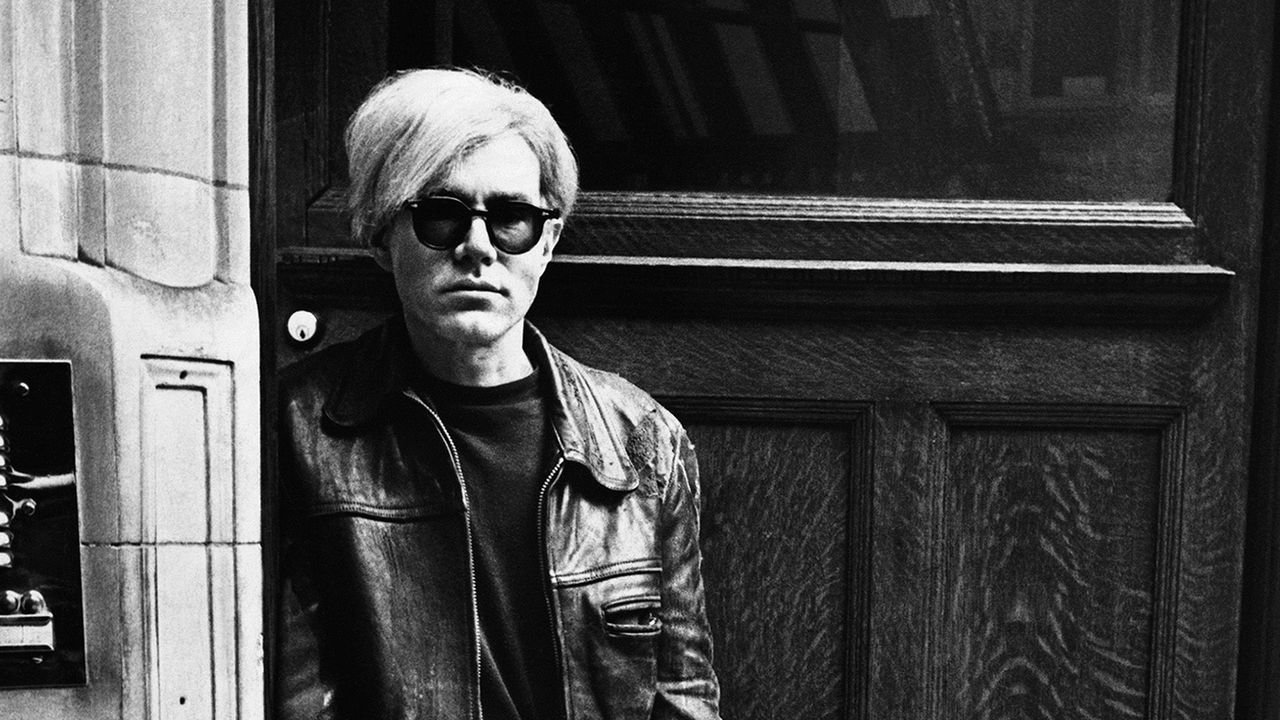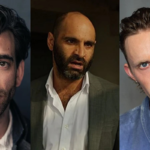Unmasking the Andy Warhol True Identity
For decades, the name Andy Warhol has brought to mind a bold and stylized image. Silver wigs, dark sunglasses, and cryptic one-liners defined his public persona. His image, crafted as meticulously as his silkscreens, became a pop culture phenomenon. Yet, beneath the surface gloss of this global art icon lay a much more complex individual. The new exhibition, “Andy Warhol: My True Story,” at Newlands House Gallery in Petworth, UK, peels back the layers of fame to reveal the true identity of Andy Warhol.
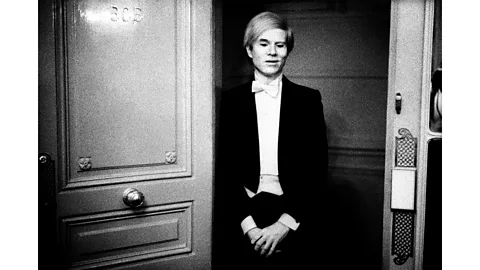
This deeply introspective exhibition spans eleven immersive rooms, showcasing personal artifacts, rare sketches, and intimate audio recordings that uncover the true identity of Andy Warhol. Curated by Professor Jean Wainwright, a renowned expert on the artist, the show challenges the popular belief that Warhol was merely surface and spectacle. Drawing on unprecedented access to Warhol’s private archives and exclusive family interviews, the exhibition offers a powerful reexamination of his inner world—one shaped by quiet sensitivity, lingering self-doubt, and profound family connections.
The Andy Warhol True Identity Behind the Smoke and Mirrors
Andy Warhol famously quipped, “If you want to know all about Andy Warhol, just look at the surface.” For years, that statement shaped public perception. It framed him as a pop art enigma, a man who refused to show emotional depth. His carefully orchestrated appearance—complete with his signature wig and impenetrable sunglasses—was not just a fashion statement but a form of armor. This curated exterior masked physical insecurities and social anxiety while also transforming him into a walking, talking brand.
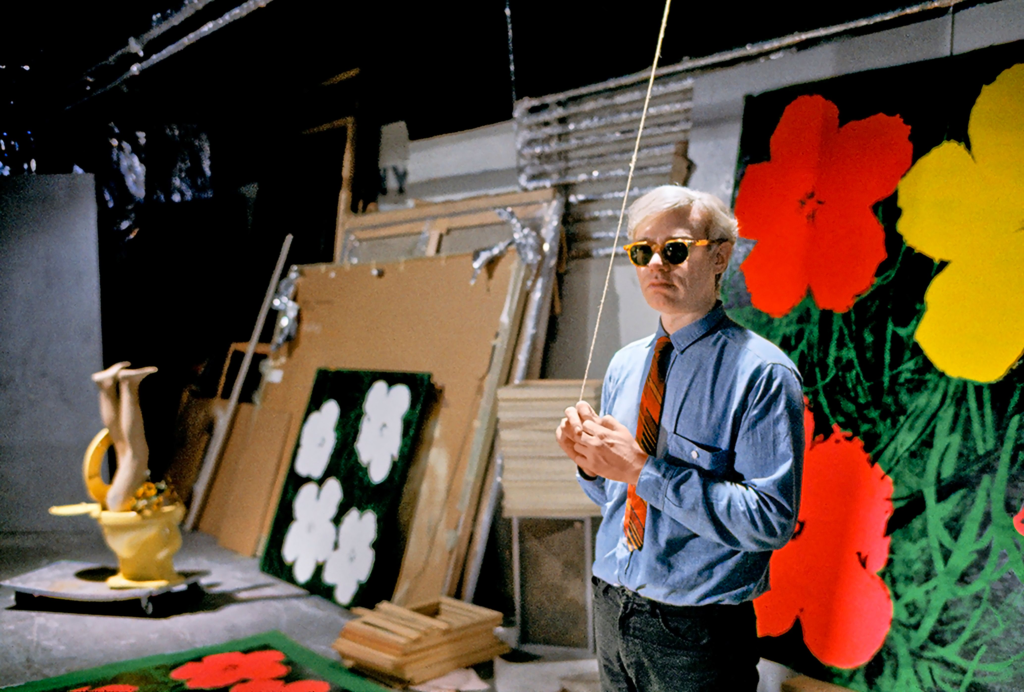
However, the exhibition reveals that Andy Warhol’s true identity differed greatly from the aloof celebrity persona he deliberately projected. Tape recordings, personal letters, and family interviews present a man who was vulnerable, private, and often lonely. The Andy Warhol true identity was one of contradictions: both voyeur and recluse, socialite and hermit, artist and anthropologist.
Personal Struggles Hidden Behind the Glamour
One of the most revealing insights into the true identity of Andy Warhol emerges from a 1971 photograph titled Andy Warhol in a Pensive Moment at the Factory. Captured shortly after Valerie Solanas—who shot him in 1968—left prison, the image reveals a rare glimpse of Andy Warhol’s true identity: not the flamboyant pop icon, but a deeply reflective, vulnerable man caught in visible introspection. He appears distant, contemplative, and visibly shaken. This trauma was not superficial; it marked him for life. A later sketch from 1986, featuring a skull and fragmented torso, reflects lingering physical and emotional wounds. Warhol, always cloaked in performative detachment, was profoundly altered by the near-fatal shooting. For the rest of his life, he wore a corset under his clothes, a quiet testimony to his fragility.
Family: The Hidden Pillar
The exhibition highlights Warhol’s close family ties, showing that Andy Warhol’s true identity was deeply rooted in his upbringing and personal connections. His mother, Julia Warhola, was a pivotal figure in his life. Migrating from Eastern Europe, she lived with Warhol from 1952 until her death. They spoke in their native Rusyn tongue and were regular churchgoers, practices that grounded Warhol amid the chaos of New York’s art scene.
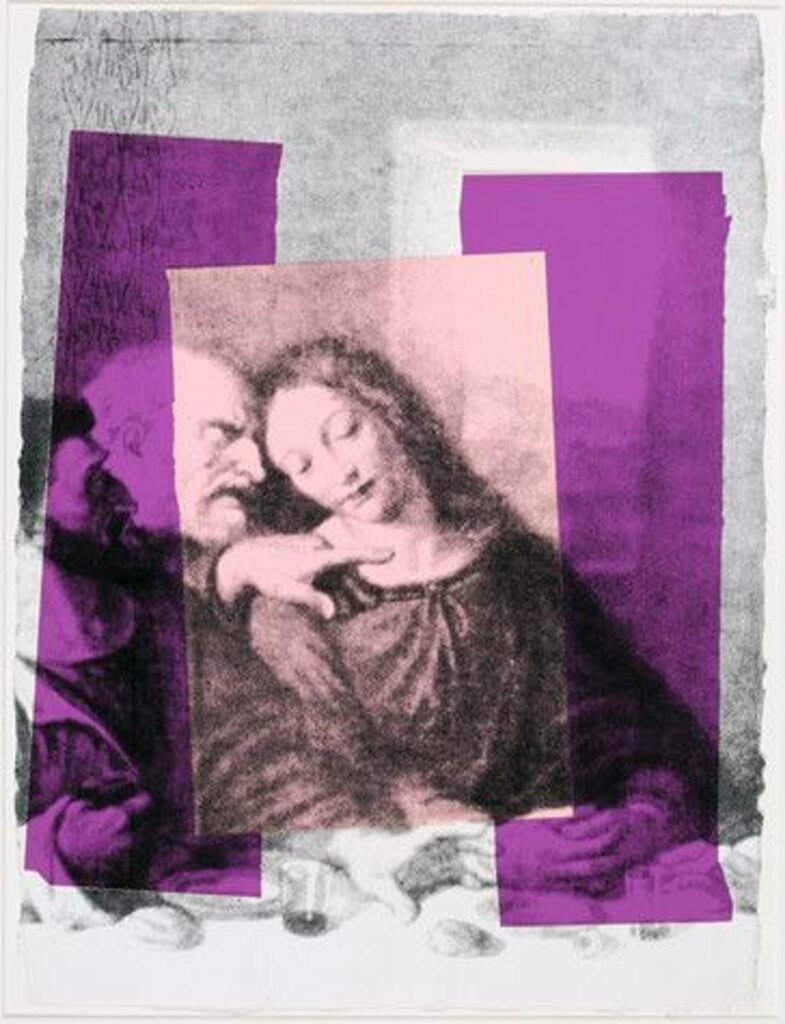
Warhol’s interactions with his nieces and nephews—captured in postcards and taped interviews—showcase a whimsical, caring side. He often joked with them, sent them treats, and transformed his New York townhouse into a fantastical space filled with robots and bubble gum. These deeply personal glimpses add rich texture to the narrative and further demystify his carefully guarded persona.
The Power of Silence and Surveillance
Warhol’s use of audio tape recorders—what he called his “wife”—was both a creative tool and a psychological shield. These tapes, currently under embargo until 2037, served as a barrier between himself and others. Warhol frequently used his tape recorder—often referred to as his “wife”—to capture conversations around him, preferring to listen rather than speak. This habit allowed others to reveal their personalities while he remained a passive observer, avoiding direct interaction. His brother John Warhola noted that this tendency stemmed from Andy’s discomfort with confrontation and public expression. This behavior reinforces the idea that Andy Warhol’s true identity remained hidden beneath layers of emotional detachment and carefully crafted ambiguity.
Even his interviews were designed to mislead. Warhol famously deflected public attention by allowing others to stand in for him—most notably when he sent actor Allen Midgette to impersonate him at public events. This deliberate misdirection added another layer to the carefully constructed myth, underscoring how the true identity of Andy Warhol was often hidden behind performance and illusion. Such stunts weren’t just performance art; they were strategies to maintain emotional distance and mystique. Warhol’s entourage, including celebrities like Edie Sedgwick, often acted as his public voice. This allowed him to remain the silent center of attention while continuing to evade full exposure.
The Real Warhol Through Photographic Lenses
Rarely seen photographs provide further insight into Warhol’s emotional landscape. In one candid photo, Warhol laughs as he pours water from a boot—moments after Edie Sedgwick pushed him into a pool—offering a rare glimpse into the playful side of the Andy Warhol true identity. He is laughing, unguarded—a far cry from the carefully posed portraits we usually see. Another powerful image by Bob Adelman captures Warhol alone, barefaced, and without his iconic accessories. His apprehensive expression reveals the vulnerability he often hid.
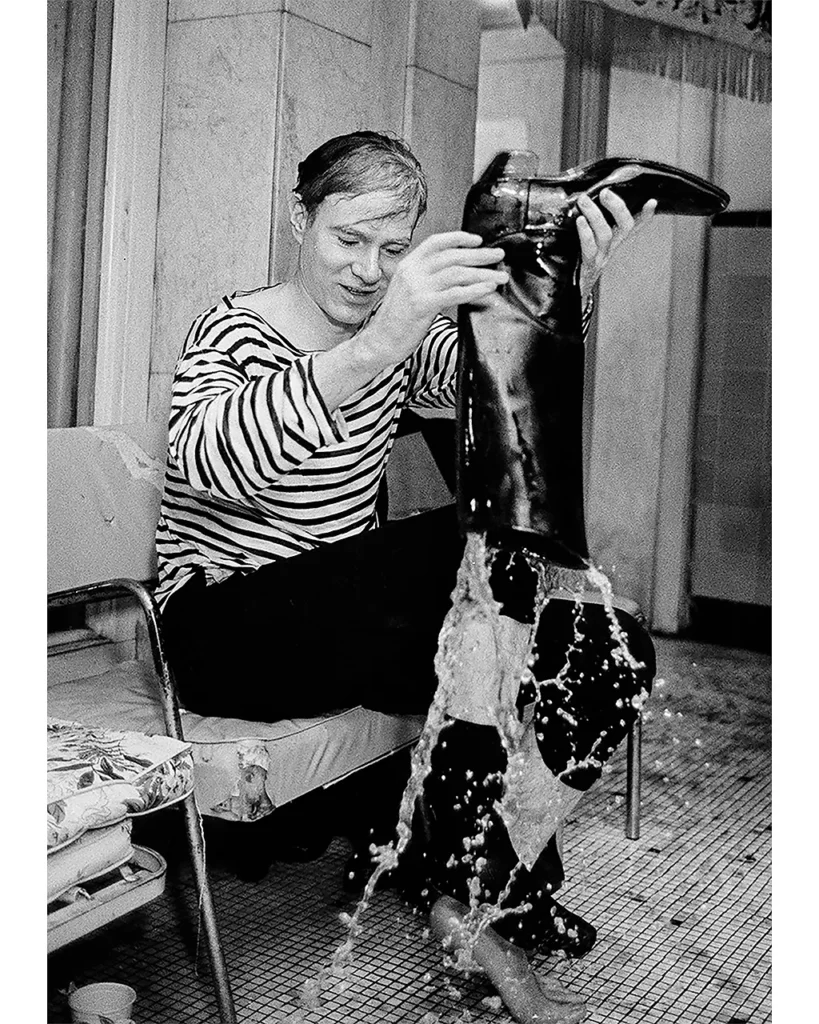
Photographers often spoke of the difficulty in capturing the “real” Warhol. David Bailey once described the experience as “trying to photograph smoke.” That sentiment encapsulates the essence of Warhol’s constructed identity: visible yet elusive, present yet intangible.
A Cultural Enigma Reconsidered
The exhibition does more than humanize Warhol; it challenges the very foundation of his legacy. By peeling back the layers of performance and persona, it reveals a figure shaped by trauma, self-awareness, and an acute understanding of media manipulation. Warhol turned his entire life into a performance—an art piece where he intentionally blurred the boundaries between reality and illusion, masking the Andy Warhol true identity behind curated personas.
Professor Wainwright, after years of immersion in Warhol’s tapes and familial records, describes the artist as someone full of contradictions—a man both haunted by self-doubt and empowered by reinvention. Her curation doesn’t aim to deconstruct Warhol’s myth but rather to deepen it, by showcasing the very real human being who existed beneath the surface.
The True Legacy of Andy Warhol
Warhol’s genius lay not only in his art but in his ability to transform himself into an enigma. The exhibition “Andy Warhol: My True Story” dismantles the illusion of simplicity and exposes a complex, layered individual. Through deeply personal archives and rare photographs, it rewrites the narrative around Warhol, proving that his most compelling creation may have been his own identity.
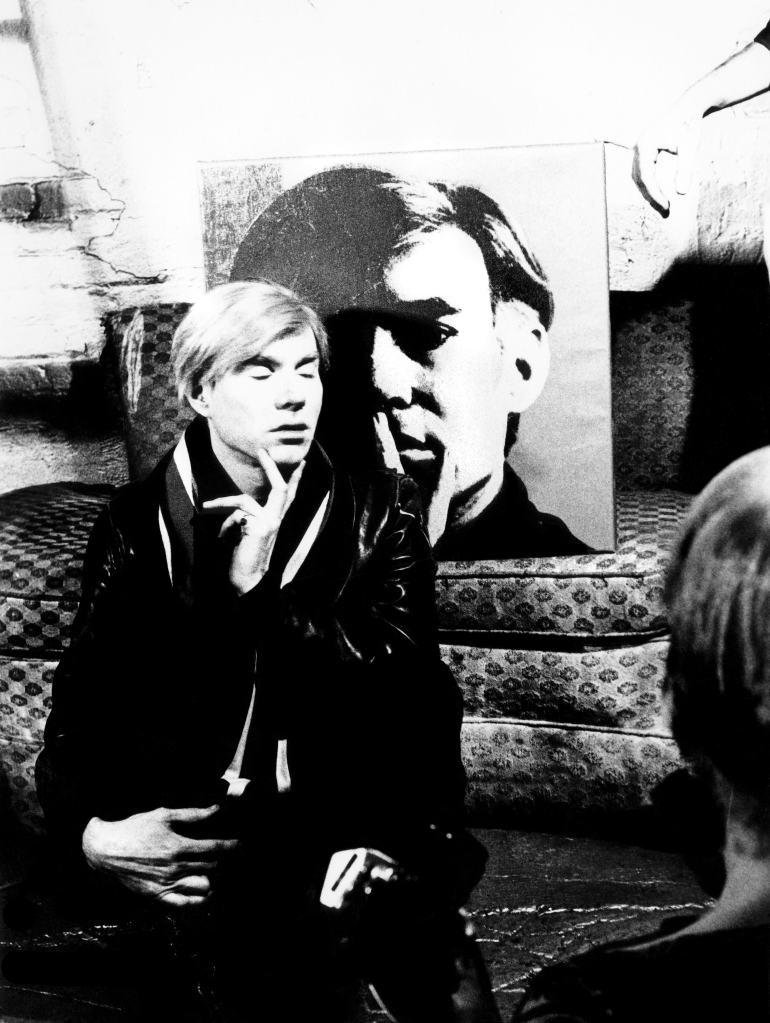
The Andy Warhol true identity wasn’t limited to a pop artist cloaked in glamor and irony—beneath that façade was a complex, introspective man shaped by vulnerability, ambition, and deep emotional layers. He was a man of faith, a devoted son, a fragile survivor, and an observer of human behavior. The Andy Warhol true identity, as the exhibition shows, is not a single truth—but a mosaic of masks, mirrors, and moments that together form a deeply human story.
